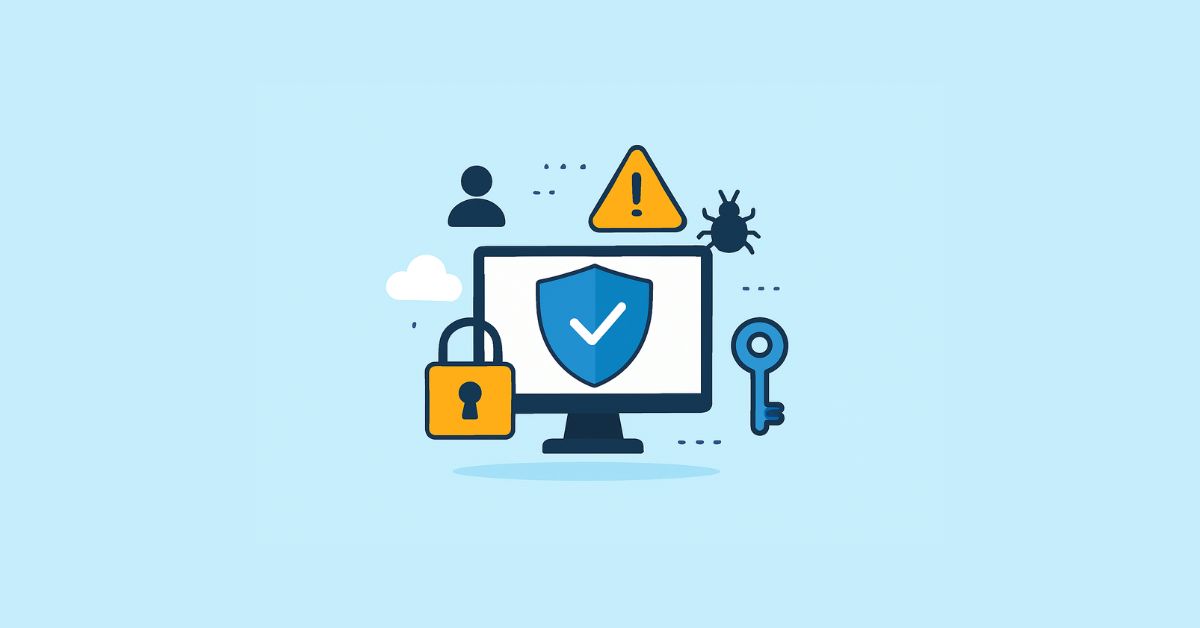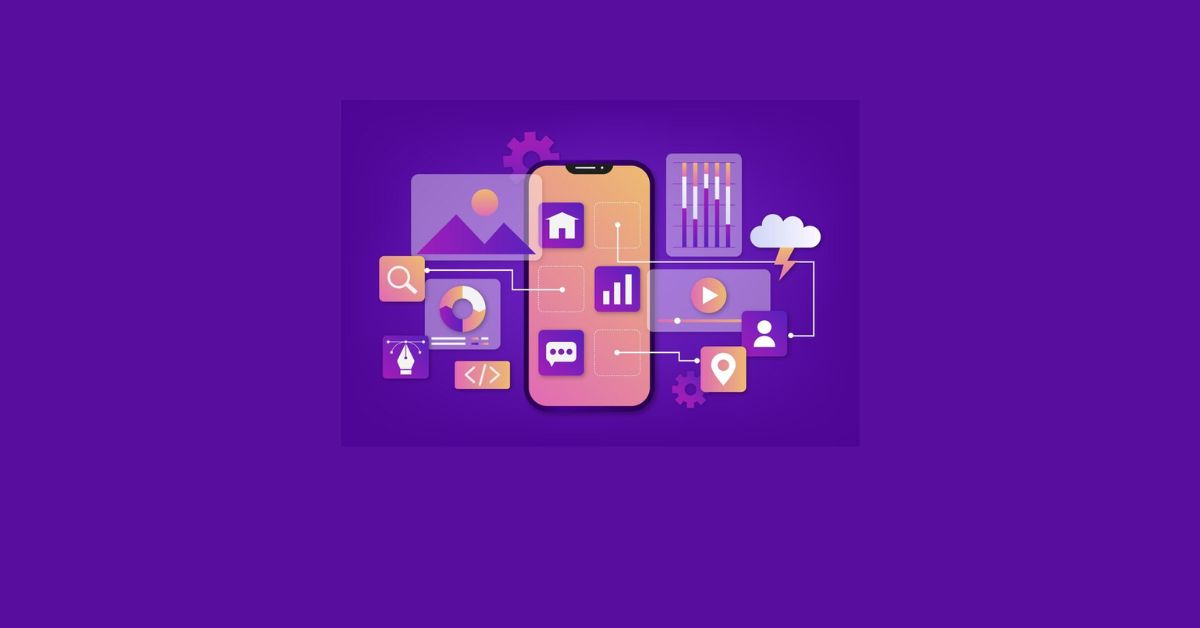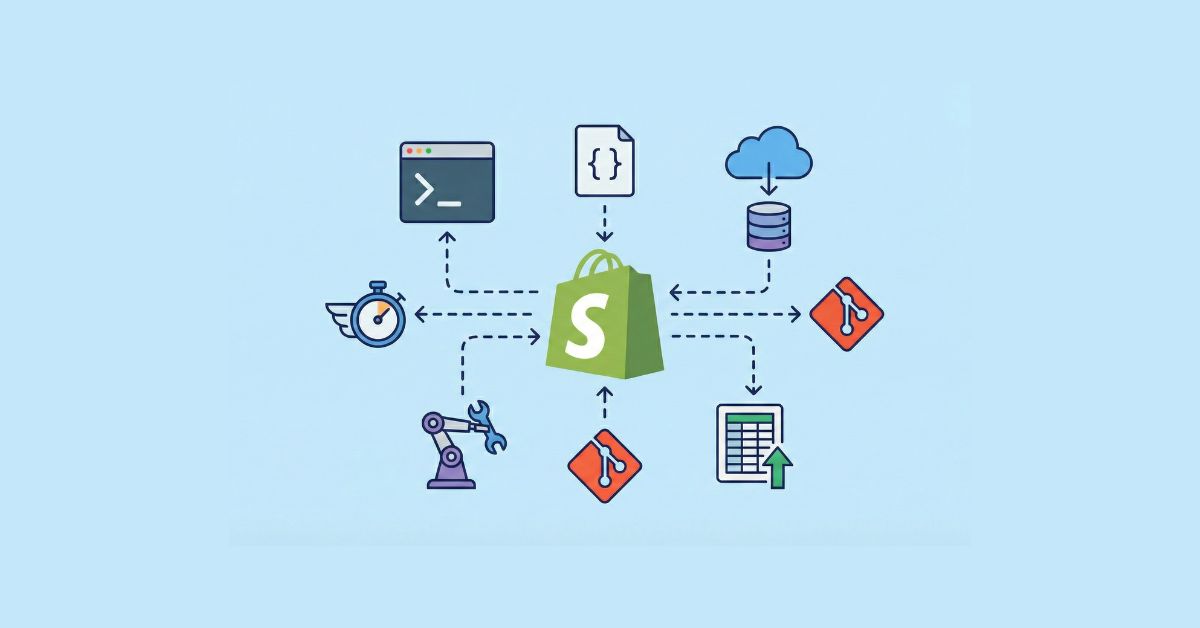Short Summury
Cybersecurity in 2025 is no longer optional. With the rise of cloud adoption, remote work, AI-driven attacks, and the Internet of Things (IoT), businesses of all sizes face constant threats. Cybercriminals are no longer relying on simple viruses; instead, they use ransomware-as-a-service, advanced phishing, and supply chain exploits.
For organizations, a single breach can result in massive financial losses, reputational damage, and legal penalties. According to IBM’s 2024 Cost of a Data Breach Report, the global average cost of a breach is now $4.45 million. This proves why investing in professional cybersecurity services is critical for survival.
In this guide, we’ll cover the 10 most important types of cybersecurity services every business should prioritize in 2025 — along with compliance, emerging trends, and the benefits of cybersecurity investment.
- 10 Types of Cybersecurity Services
– Managed Security Services (MSS)
– Network Security Services
– Endpoint Security
– Cloud Security Services
– Identity and Access Management (IAM)
– Email Security Services
– Application Security
– Data Security and Encryption Services
– Threat Intelligence Services
– Incident Response and Recovery Services - Compliance and Risk Management Services
- Emerging Cybersecurity Trends in 2025
- Benefits of Investing in Cybersecurity Services
- Conclusion
10 Types of Cybersecurity Services
1. Managed Security Services (MSS)
Managed Security Services provide 24/7 monitoring, detection, and response. Instead of hiring a full in-house security operations center (SOC), companies can outsource it to experts.
Why it matters:
- Constant monitoring reduces the response time to threats.
- MSS providers use advanced tools like SIEM (Security Information and Event Management) to detect anomalies.
- Ideal for small and medium-sized businesses that lack large IT budgets.
Example: If unusual login attempts occur from multiple countries within minutes, an MSS provider can immediately block the attempts and investigate.
2. Network Security Services
Your network is the backbone of your IT system. Network security ensures unauthorized users can’t access sensitive systems and data.
Key features include:
- Next-generation firewalls (NGFWs)
- Intrusion detection and prevention systems (IDS/IPS)
- Secure VPNs for remote employees
- Continuous traffic monitoring
Why it matters in 2025: With hybrid workforces and IoT devices, securing networks is more complex. Network security services not only block hackers but also keep business operations smooth and compliant.
3. Endpoint Security
Endpoints (laptops, smartphones, tablets, IoT devices) are prime targets for hackers. Endpoint Security protects these access points.
Modern solutions include:
- Antivirus and anti-malware protection
- Endpoint Detection and Response (EDR)
- Device encryption and remote wipe options
Example in practice: If an employee’s laptop is infected with ransomware, EDR can automatically quarantine the device and stop the malware from spreading to the entire company network.
4. Cloud Security Services
As more businesses adopt multi-cloud and hybrid strategies, cloud security has become essential.
Cloud security services protect against:
- Misconfigured storage (e.g., exposed AWS S3 buckets)
- Unauthorized API access
- Compliance risks in data storage
Typical tools:
- Cloud Access Security Brokers (CASB)
- Identity and access controls
- Automated compliance monitoring
Why it matters: By 2025, over 85% of enterprises will run on the cloud. Without cloud security, businesses risk data leaks and regulatory fines.
5. Identity and Access Management (IAM)
Most breaches occur due to stolen or misused credentials. IAM ensures only the right people have access to the right systems.
Key components:
- Multi-Factor Authentication (MFA)
- Single Sign-On (SSO)
- Role-Based Access Control (RBAC)
Example: A finance manager can access accounting records, but not HR files. MFA ensures that even if their password is stolen, the hacker cannot log in without additional verification.
6. Email Security Services
Phishing emails remain the number one attack vector. Email Security services protect organizations against malicious links, attachments, and impersonation attacks.
Features of modern email security:
- AI-driven email filtering
- Spoofing and impersonation detection
- Attachment sandboxing
Example: If a hacker sends a fake email pretending to be the CEO, the system detects suspicious behavior and flags it before employees act on it.
7. Application Security
Applications (websites, mobile apps, and enterprise software) are often targeted due to vulnerabilities in code. Application security focuses on securing apps from the design stage through deployment.
Approaches include:
- Secure coding practices
- Penetration testing and vulnerability scanning
- Web Application Firewalls (WAFs)
Example: An e-commerce company might use penetration testing to find a SQL injection vulnerability before hackers can exploit it to steal customer data.
8. Data Security and Encryption Services
Data is the most valuable asset a business has — and the most targeted. Data Security ensures it’s safe whether stored, transferred, or shared.
Core elements:
- End-to-end encryption
- Data Loss Prevention (DLP)
- Backup and recovery solutions
Example: If an employee tries emailing a spreadsheet with customer payment details to an external account, DLP can block the action and alert security teams.
Why it matters: With stricter compliance laws (GDPR, CCPA, HIPAA), businesses face fines if customer data is not properly protected.
9. Threat Intelligence Services
Prevention is better than cure. Threat Intelligence services provide insights into global attack trends and help businesses prepare for emerging risks.
They offer:
- Real-time feeds on active attack campaigns
- Insights into attacker behavior and tactics
- Proactive risk assessment
Example: If ransomware targeting the healthcare sector is trending globally, a threat intelligence provider can warn hospitals to strengthen defenses before they are hit.
10. Incident Response and Recovery Services
Even with the best defenses, breaches can happen. Incident Response (IR) ensures your business recovers quickly with minimal impact.
Services include:
- Incident response planning and training
- Digital forensics to analyze attacks
- Backup and disaster recovery systems
Example: If a ransomware attack encrypts systems, businesses with a tested recovery plan can restore operations quickly without paying ransom.
Compliance and Risk Management Services
Cybersecurity isn’t just about technology; it’s also about meeting regulatory obligations. Governments worldwide are tightening compliance laws, and businesses that fail to comply risk massive fines and loss of customer trust.
Core components:
- Ensuring adherence to GDPR, HIPAA, PCI-DSS, and other regulations
- Conducting regular cybersecurity audits and penetration testing
- Building governance frameworks for risk assessment and mitigation
Why it matters: A financial services company that stores customer payment data without PCI-DSS compliance could face penalties worth millions. Compliance services help organizations avoid such risks, while also strengthening customer confidence.
Emerging Cybersecurity Trends in 2025
The cybersecurity landscape evolves rapidly, and businesses must keep pace with upcoming innovations.
Key trends to watch in 2025 include:
- AI and Machine Learning in Security: AI-powered threat detection identifies anomalies much faster than human analysts.
- Zero Trust Architecture Adoption: Businesses are moving toward a “never trust, always verify” model that eliminates implicit trust within networks.
- Quantum-Safe Encryption: With quantum computing on the horizon, organizations are beginning to adopt encryption resistant to quantum attacks.
- Supply Chain Security: More attacks now exploit third-party vendors, making supply chain risk management a top priority.
Example: The SolarWinds breach highlighted the dangers of weak supply chain security. In 2025, companies are now auditing vendors more thoroughly and adopting stricter policies to mitigate risks.
People Also Read: Exploring Quantum Cryptography: Next-Generation Security Protocols
Benefits of Investing in Cybersecurity Services
Cybersecurity is often viewed as a cost, but in reality, it is an investment that delivers measurable returns.
Key benefits include:
- Cost Savings vs. Breach Costs: Investing in proactive security services is far more cost-effective than paying millions to recover from a cyberattack.
- Improved Customer Trust and Reputation: Customers prefer businesses that prioritize protecting their data. Security can be a competitive advantage.
- Long-Term Business Resilience: Cybersecurity services enable organizations to withstand attacks, ensuring operations continue uninterrupted even during crises.
Example: A healthcare startup that invests early in data encryption and compliance can win contracts with major hospitals faster than competitors that lack robust security practices.
Conclusion
In 2025, cyber threats are more advanced, frequent, and damaging. Businesses that treat cybersecurity as an afterthought risk financial losses, downtime, and reputational harm.
The cybersecurity services outlined above — supported by compliance strategies, awareness of emerging trends, and a clear understanding of their benefits — form the foundation of a strong defense strategy. By investing in these layers of protection, organizations can stay secure, compliant, and competitive in today’s digital-first world.








